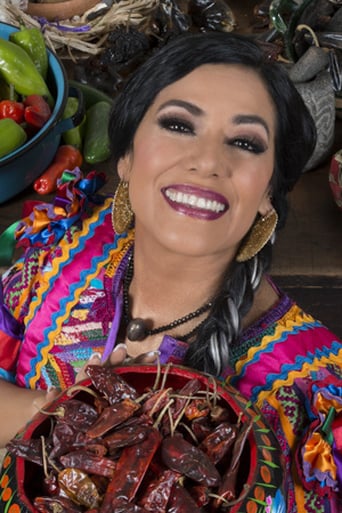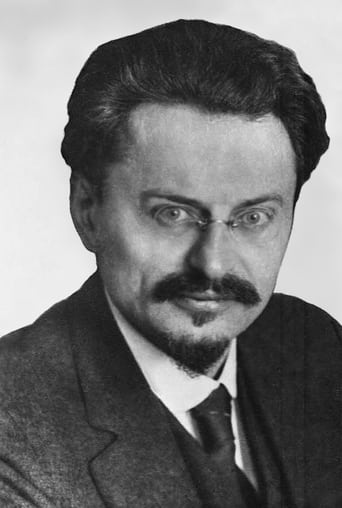Darin
One of the film's great tricks is that, for a time, you think it will go down a rabbit hole of unrealistic glorification.
Goingbegging
As with some other excellent PBS documentaries, this one manages to combine a sequential treatment with a thematic one - a key technique that encourages full absorption in this fascinating biographical subject.Most of us know Frida Kahlo only by her trademark eyebrows, not least because so many of her works are self-portraits. But as one of the commentators remarks, "It is impossible to separate the life and work of this person." Two big influences are immediately apparent - a near-fatal traffic accident at eighteen, from which she spent the rest of her life recovering, and the stormy relationship with her husband, the communist mural-painter Diego Rivera.The accident left her with smashed spine, pelvis and thighs, in her own words 'old in an instant', and as it would turn out, infertile too, following a wretched miscarriage. Art historian Victor Zamudio Taylor comments that she had to piece herself together, while also pieceing together Mexico itself, whose history took dramatic turns throughout her short life. Her earliest memories were of the Zapata revolution, which raised a lot of false hopes, but turned Mexico City into a brilliant centre of creativity and debate. In particular, there was a keen celebration of pre-Columbian history, rejecting the European influences, digging deep into hidden Mexico.This accounts for many of the aggressive shapes and colours in her work, in which politics and religion also show through clearly. Catholic by upbringing, she became a Stalinist rebel, but her own sufferings emerge in images that reflect the dolours of the cross. 'Painting pain' somebody called it.Her husband Diego was huge, ugly and anarchistic. (Her disapproving mother said it was like an elephant marrying a dove.) Like all Marxists, he conveniently declared that 'fidelity is bourgeois', and carried on shamelessly with her trusted sister, among others. Frida now considered herself at liberty to cultivate new relationships, not all of them with men, but this did not seem to bring happiness; there was even a brief divorce. It seems they couldn't live with each other, or without each other, in the style of Rhett and Scarlett.But the never-ending pain eventually grew too much, and the painkillers became an addiction. Her first solo exhibition in Mexico City was celebrated as her death party, as she insisted that the whole four-poster bed should be transported to the gallery, with her in it. What a way to go!Along the way, it was Diego who had arranged for Trotsky to come to Mexico and live with them. Trotsky's close friendship with Frida may or may not have been consummated, but it is odd that we hear nothing of their reactions to his violent death. This is one of only a few small criticisms we can level at this otherwise excellent production with its exceptionally high standard of commentary. For example, the film ends on a recent auction, at the moment when a Kahlo painting passes the million-dollar mark. But we are not told why interest in Kahlo should have risen so sharply after her death. Also, the musical track is rather cod-Mexican, quite apart from occasional bumps and squeaks.
roland-104
Expertly crafted documentary on the life and times of the Mexican artist whose work continues to increase in both critical and public esteem. For close observers of Kahlo's life, there is not much new here, but the account is brilliantly organized and illustrated.There is one touching, informal black and white closeup photo of Kahlo and Rivera - their heads only - that I had not seen before. Ms. Stechler seems certain that Kahlo and Leon Trotsky consummated a love affair, though my fairly extensive review of the historical record leaves this something of an open question.The film was made for PBS - where it first aired on 3/23/05 - by the former spouse and frequent early collaborator of documentarist Ken Burns. This is the best of several films - both documentary and biopic - on Kahlo's life that I have seen. For more, go to the PBS website: http://www.pbs.org/weta/fridakahlo/ My grade: B+ 8/10.


